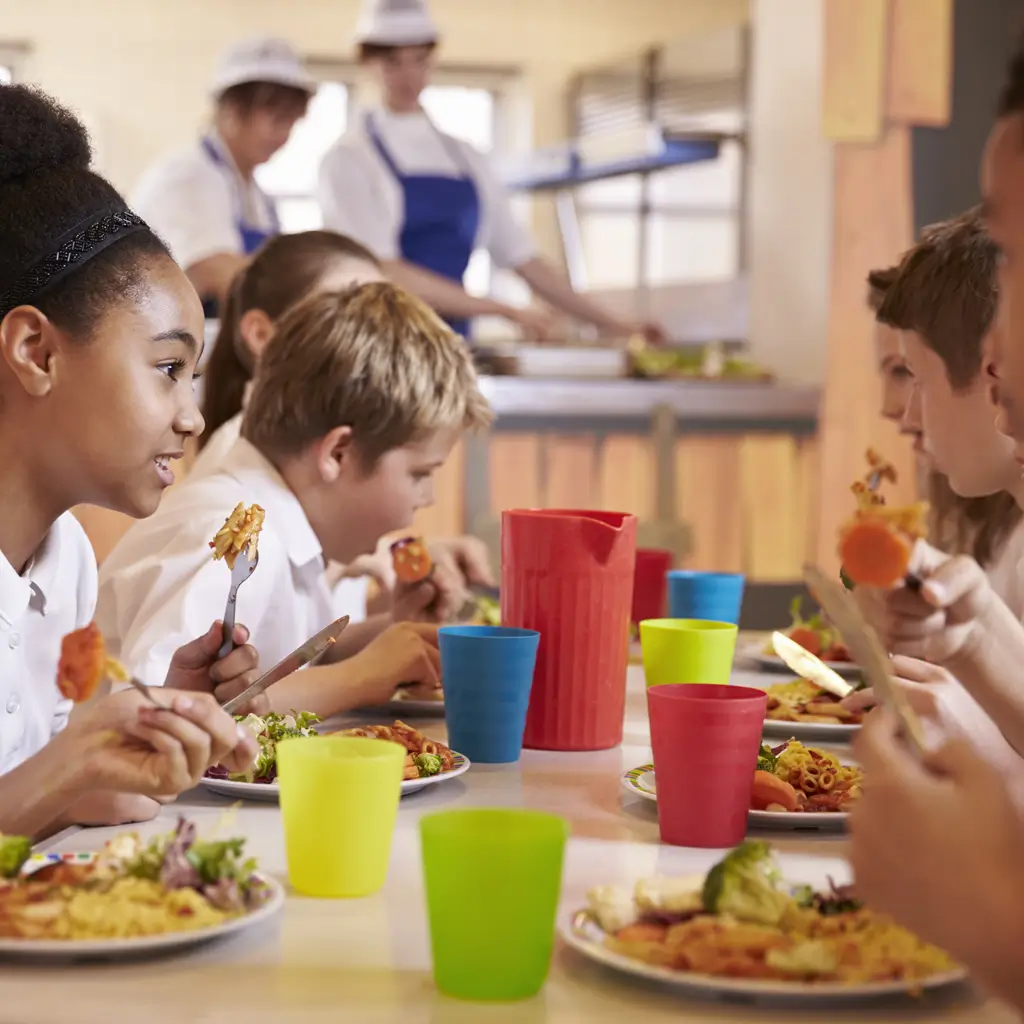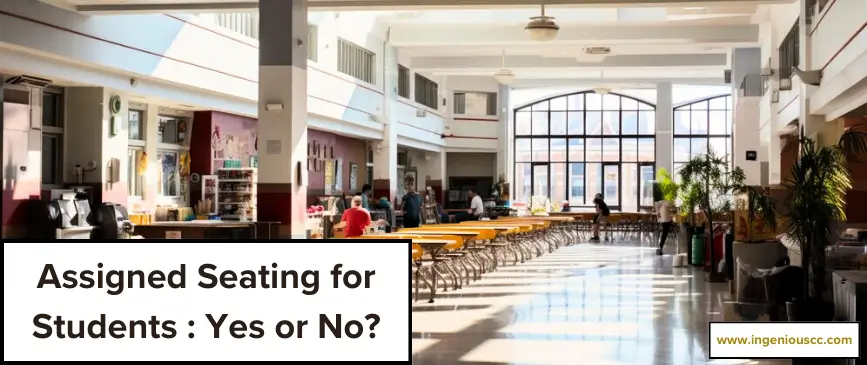Introduction
“Help! “Our school cafeteria is a mess!” Sounds familiar?
If lunchtime seems messy, you are not alone. Many schools struggle to handle the disorder that occurs during lunch breaks.
In fact, when multiple school administrators contact us for school cafeteria redesign services, the school cafeteria management tops the list as a battleground for both hunger and chaos, where they frequently find themselves split between managing discipline and allowing learners to chill out.

Our Replies? Running a school cafeteria does not have to be burdensome at all. With some imagination and best practices, you can turn lunch break into the highlight of the school day.
With this aim, we have created a guide outlining organization, behavior management, and community development tactics to make lunchtimes more exciting and peaceful. Ready? Let’s dive in.
Why School Cafeteria Management Matters?
Picture this: It’s 1 pm and bam! The bells signal BREAK! Suddenly, it’s like a stampede as everyone rushes to the cafeteria. Kids are chatting, goofing around, and racing to get their food. It seems to be a small jungle.
But something important is happening amidst all the noise and excitement. What’s that? Sadly, some kids aren’t eating right, others are causing trouble, and there’s a lot of clutter.
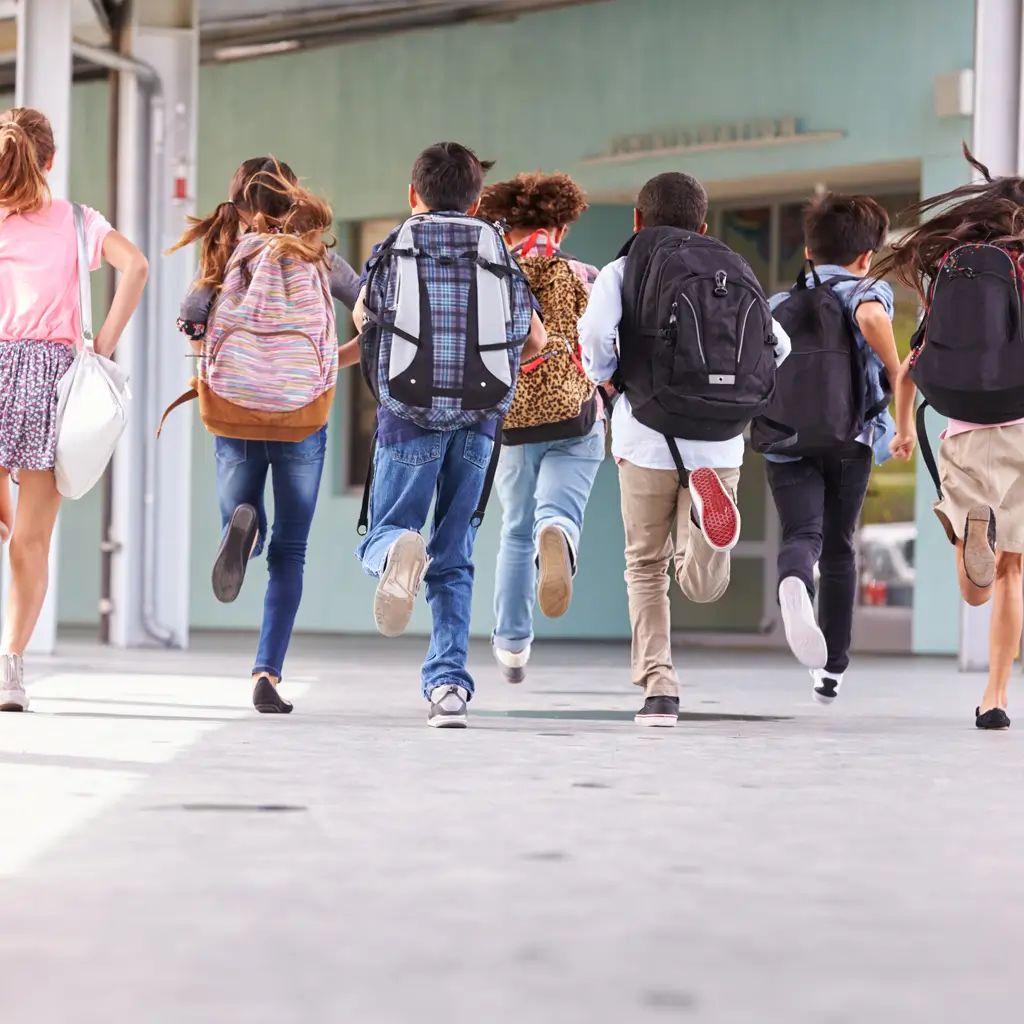
But here’s the thing. We want you to understand this.
The cafeteria isn’t just a place to grab a bite. It’s a place where students learn good habits (like eating and behaving well), grooming their personalities, personal development, and character building more than in the classrooms.
So, it’s super important that it’s well-managed, organized, safe, and clean at the same time.

Here are a few benefits of a managed cafeteria environment.
| Everyone Gets Proper Meal | With an organized cafeteria, every kid in your school gets decent and nutritious food. Plus, no one goes hungry, and everyone receives the power to tackle the day. |
| Promotes Accountability | A smooth-running cafeteria teaches kids more than just how to eat food; it educates them on discipline. Following rules, waiting their turn, and respecting others’ space are valuable life lessons that stick with them beyond the lunch line. |
| Cultural Harmony | Effective cafeteria management by catering to various dietary choices, allergies, and cultural backgrounds encourages inclusivity and makes all students feel appreciated and accommodated. |
| Balancing Time for Play and Nutrition | A managed school cafeteria optimizes lunch schedules to provide students ample time to enjoy their meals, socialize, and engage in recreational activities, promoting physical and mental well-being. |
| Relax, Recharge, Repeat | Eating in a calm, comfy space makes a big difference. It gives them a pause, a chance to recharge their batteries before diving back into their studies. |
| Support Academic Performance | A well-organized cafeteria helps students do better by giving them healthy meals. Students who eat good food can focus better in class and learn more. |
| Foster Love | When students feel cared for, they’re happier and more engaged. A welcoming cafeteria conveys that they matter and are part of something bigger than themselves. This strengthens students’ attachment to their school and promotes a positive school culture. |
| Overall, School Image | When the cafeteria runs well, it shows the school cares about students and their success. It makes the school look good and welcoming to everyone. |
How To Manage a School Cafeteria Efficiently?
As we mentioned above, a well-managed cafeteria doesn’t revolve around just food; it’s about nurturing students’ bodies, minds, and spirits.
It’s about creating an environment where they can thrive, learn, and grow. But what steps you must take to ensure your cafeteria is firing on all cylinders? Learn out below.
Our Take: When managing a school cafeteria, examining all the essential factors is critical. Proper management is more than just obeying rules and policies; it includes an array of other parameters.
We have divided the management procedure into three sections so you get all aspects.
Section #1 – Operational Efficiency
Here are some operational strategies to streamline your cafeteria operations and make cafeteria time a breeze for students.
1. Pre-Ordering
Instead of waiting in long lines, let students order their meals ahead of time by filling out order forms. This way, they can customize their orders based on their dietary preferences, making healthier choices while reducing wait times.
2. Allocations
To avoid burnout and manage finances effectively, assign specific tasks to cafeteria staff, such as food preparations, cleaning, and inventory tracking.
Likewise, create a detailed budget covering everything from equipment upgrades to staff training and supplies to ensure resources are available on time and used wisely.
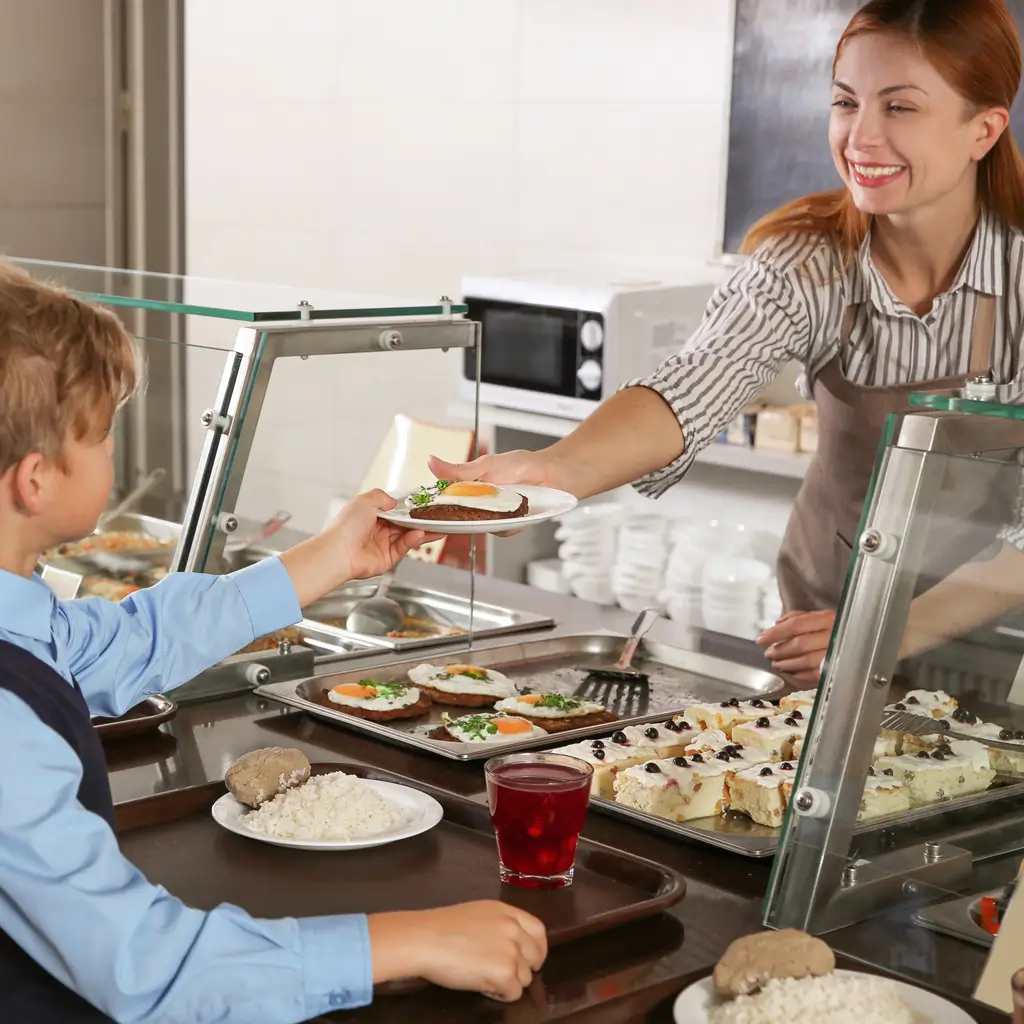
3. Redesign the Layout
Designing a cafeteria layout helps make the cafeteria run smoothly. We suggest to keep it simple: food on one side and tables in the middle.
This will make it easy for students to know where to go and move around without confusion.
Recruit our cafeteria graphics services today!
4. Technology Integration
The world is moving towards techy things. Why let your school remain behind?
Make things more accessible for students and staff by introducing tech solutions like online ordering systems. Introduce a user-friendly system accessible via computers or smartphones to simplify the ordering process, minimize errors, and help keep track of inventory.
5. Turn by Turn at Lunchtime
Next, consider implementing lunch shifts or allowing students to eat in classrooms to ease congestion. For example, schedule different grades or classes to have lunch at other times.
This means only some people eat simultaneously, so there’s less crowding and more space to enjoy lunch without worrying about getting too close to others.
This way, everyone can have a safer and more relaxed midday meal.
6. Staff Allotments
Match staff to tasks based on their strengths and expertise to keep operations running smoothly.
For example, experienced staff members can oversee culinary work and customer service, while others can clean and restock.
7. Inventory Management
Keep accurate records of inventory levels to reduce waste and control costs. Utilize inventory management software to monitor stock levels, track supplies, and minimize food waste in real-time.
Section #2 – Food and Hygiene Maintenance
To manage a school cafeteria effectively, prioritizing food and hygiene management is crucial. These elements are the backbone of a well-run operation, ensuring the well-being of students and staff while fostering a favorable dining experience.
Below are a few ideas to take help from.
8. Keep Things Clean
Making sure the cafeteria stays super clean is essential. It means wiping down tables and counters often and washing all the dishes properly to avoid germs. For example, having different staff members clean other areas at different times helps to keep everything tidy.
Also, making a daily plan to clean cooking surfaces and equipment keeps the food safe and clean for everyone.
9. Wash Hands
Everybody who works in the cafeteria or eats there must wash their hands properly. This helps stop germs from spreading and keeps everyone healthy.
To accomplish this, install easy-to-reach handwashing stations with soap and water to make it simple for everyone to keep their hands sterile. Moreover, put up signs with pictures to remind people how to wash their hands correctly.
10. Taking Care of the Food
Looking after the food properly is another essential factor in running successful cafeteria management. Store things like meat and dairy in the fridge, keep them fresh, and use the older food first to stop any of it from going bad.
For example, label dates on food to help the staff know which food to use first and which to keep for later.
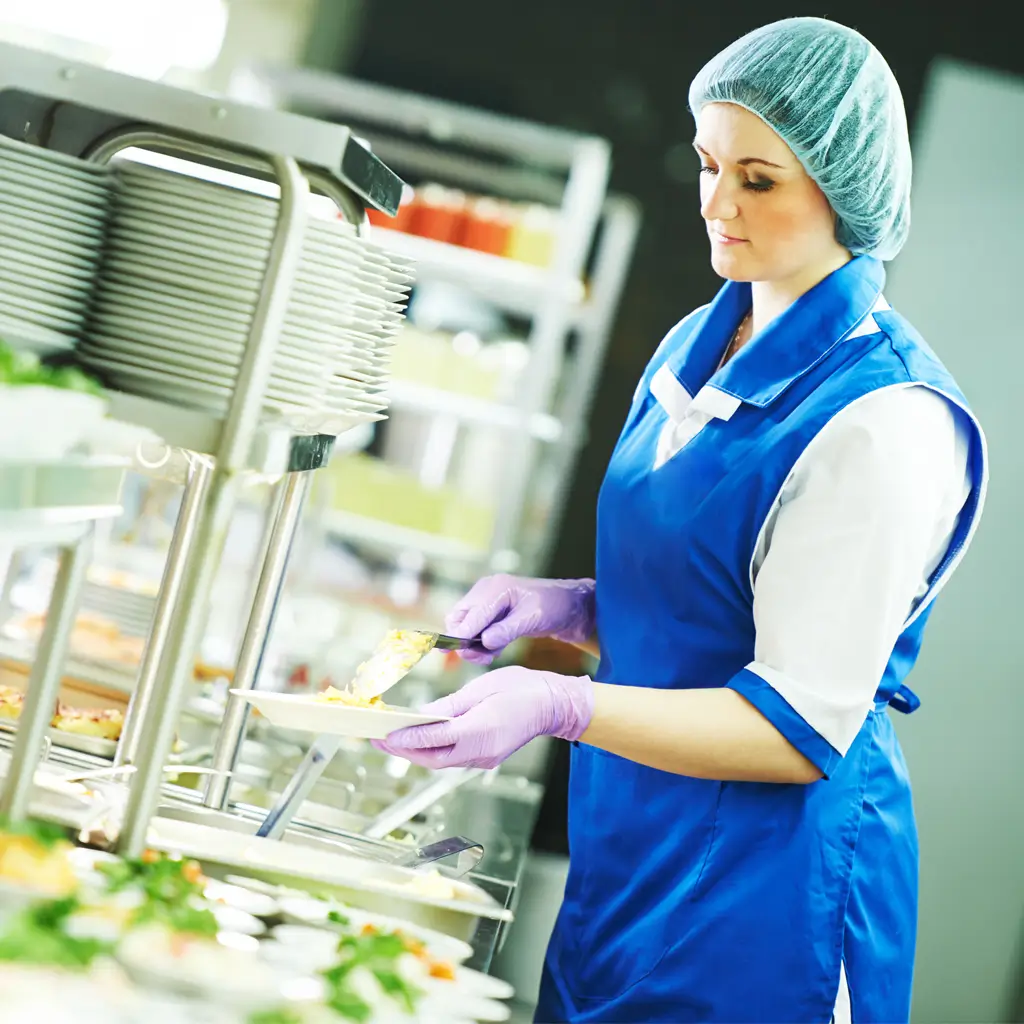
11. Following the Rules
There are rules about handling food safely, and everyone in the cafeteria needs to follow them.
This keeps everyone safe and fosters a sense of safety and healthy school culture. To make this unavoidable, assign someone who checks and reports back to ensure everyone knows and follows the rules daily.
Suggested reading → How to improve school cafeteria food.
12. Plan the Menu
Thinking carefully about what food to serve is another high factor. Include lots of healthy options like fruits and veggies to ensure everyone can choose something they like that’s good for them.
For example, ensuring there are foods for students with allergies or who don’t eat certain things means everyone can enjoy lunch together
13. Training the Staff
Ensure everyone working in the cafeteria is fully trained in their jobs.
Set up practice/training sessions each month on food safety and hygiene practices, customer service techniques, efficient workflow and organization, proper use of equipment, menu knowledge, allergen awareness, and teamwork strategies to enhance skills and knowledge.
Hire our staff training services today!
Section #3 – Student Behavior, Satisfaction, and Engagement
Here’s how to make sure students create a proficiently controlled cafeteria atmosphere.
14. Guarantee Presence of Adults
Make sure there are always adults in the cafeteria during lunch. The reason is that when students see adults around, they know someone’s in charge and are more likely to behave.
This helps keep things calm and safe. Let’s understand it this way: if any student makes a mess, an adult can help clean it up nicely, showing how to be responsible.
15. Introduce a Reward System
We all love rewards? Right? Try giving out rewards for good behavior. For example, if someone behaves well, a green badge can be fixed to let teachers and other students know, or students could earn points for things like picking up after themselves or being kind to others.
Then, they can trade these points for fun rewards such as extra recess time or preferred seating during lunch periods. This makes behaving well more exciting and encourages everyone to do their best.

16. Implement Structured Seating
Assign students to specific tables during lunch. This helps them make friends and stops them from looking for a seat. This will also make it more manageable for the assigned staff to monitor everyone and ensure everyone’s okay.
For instance, students from different classes can meet new friends and feel included by sitting together.
Suggested reading → The different types of cafeteria tables at school.
Searching out for the Right Cafeteria Seating For Your School? Avail our cafeteria seating services today.
17. List Clear Cafeteria Rules
Set clear rules for how students should behave in the cafeteria. Remind them to use inside voices, stay seated while eating, and throw away their trash.
To enforce, post the rules where everyone can see them and remember what’s expected of them. By following these steps, everyone can enjoy their lunch without any problems.
18. Encourage Feedback from Student
Ask students for their opinions regularly. You can use surveys to find out what they like or don’t like about cafeteria meals. Maybe they want more options for lunch or a different seating arrangement.
By listening to students and making changes based on their feedback, you can improve lunchtime for everyone.

Our Expert Advice: No perfect way to run a school cafeteria exists. What works well in one school might not work in another, so trying different strategies and seeing what fits best is important.
Final Thoughts
Wrapping it up and keeping the school cafeteria in check is doable. With teamwork and good communication, running a cafeteria is a piece of cake. Just set some ground rules, keep those food lines moving smoothly, offer some healthy grub, and ensure everything stays squeaky clean.
If you need more help, contact us at Ingenious Culinary Concept for a custom strategy that fits your school’s rules.
Suggested reading → How to build a high school cafeteria.
FAQs
1. How can we reduce waste in the school cafeteria?
To minimize waste, schools can encourage students to take only what they can eat and to avoid overfilling their trays, utilize reusable cutlery rather than disposable tensions and plates, and implement a food waste recycling program where leftover food is composted or donated to those in need can further reduce cafeteria waste.
2. What is the primary function of a school cafeteria?
The primary role of a school cafeteria is to provide students with nutritious meals, foster healthy eating habits, and offer a space for socialization and relaxation during the school day.
3. How do you engage students in a cafeteria?
You can involve them in picking what’s on the menu, have fun activities, and make the place cozy and colorful so they feel happy being there.
4. What five components must be served in a school lunch?
A school lunch should include meals rich in protein such as lean meats, beans, grains like whole wheat bread, fruits, vegetables, and dairy products, and avoid allergens and artificial additives to ensure a balanced and nutritious diet for students, promoting their overall health and well-being.


